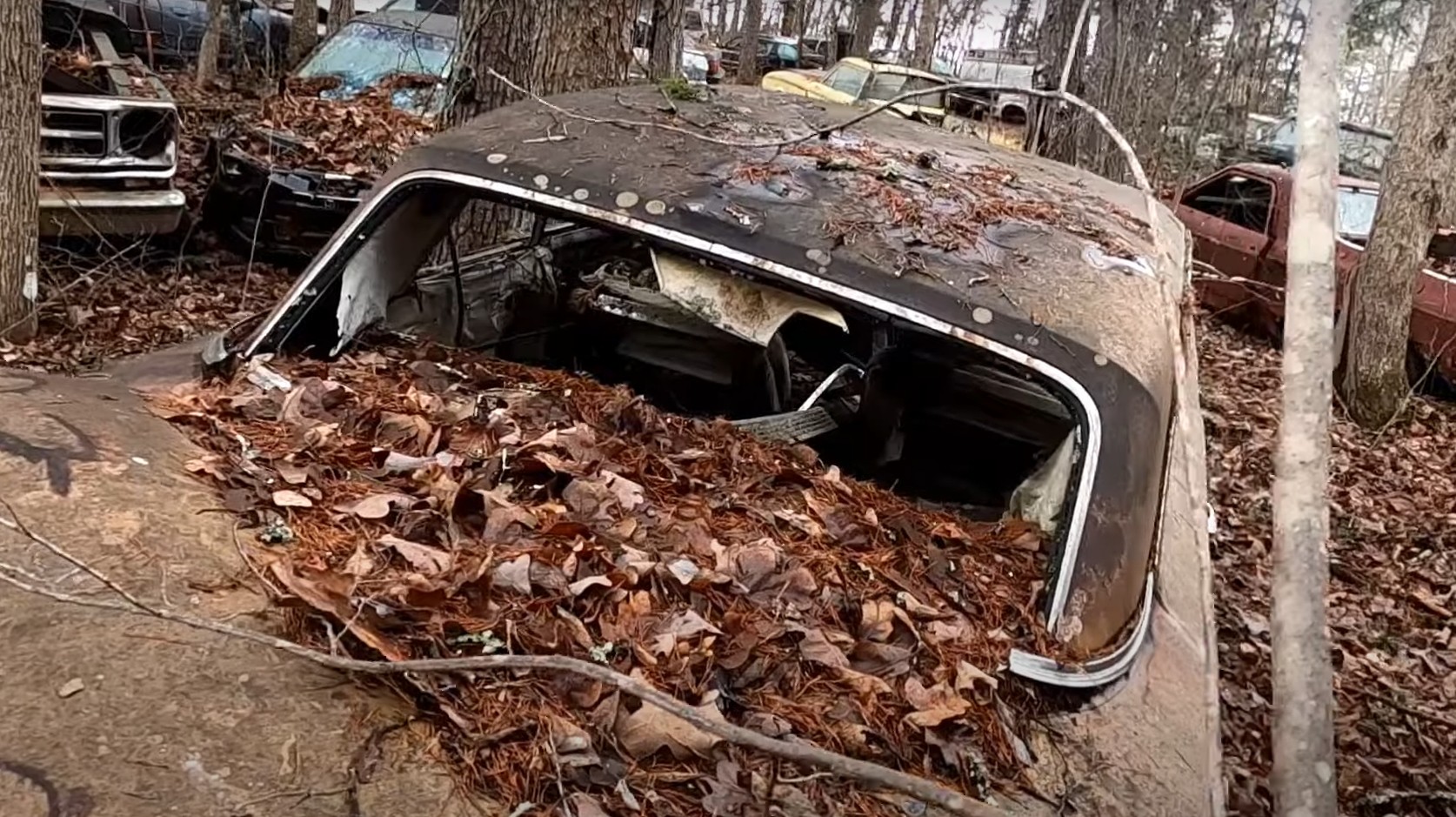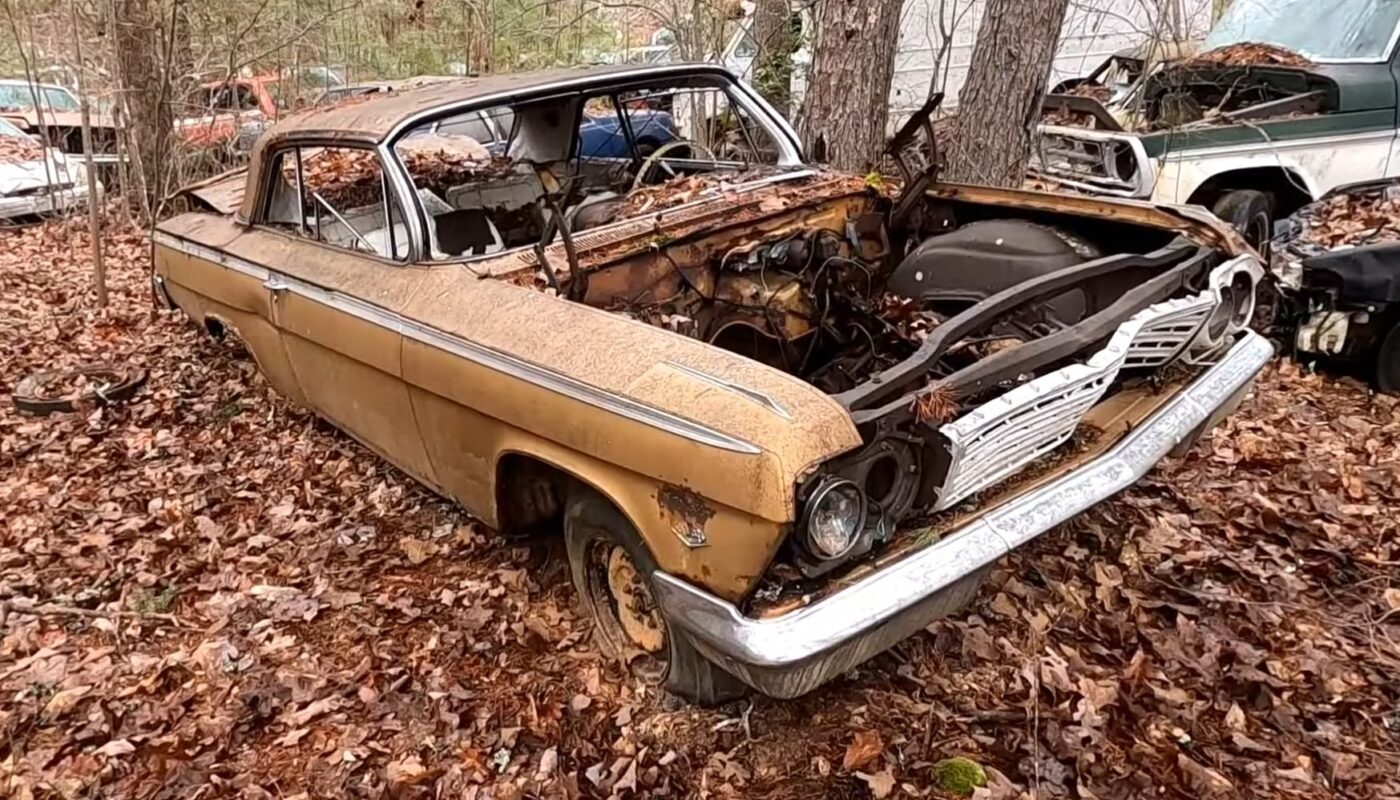Established in 1911 by brothers Louis and Arthur Chevrolet and Willian C. Durant, Chevrolet became part of General Motors in 1918. As a low-priced brand, Chevrolet became extremely popular and had a great influence on the American automobile market before and after World War II.





One of the first companies to introduce a streamlined, Art Deco-inspired automobile (the 1933 Master), Chevrolet also launched one of the first American sports cars, the Corvette, in 1953. The latter was followed by the extremely popular Tri-Five series (1955-1957) and the introduction of the Rochester fuel-injected V8 engine. In 1961, Chevrolet was already 50 years old and one of the largest carmakers in the U.S.
Oddly enough, though, the company didn’t make a big fuss about its 50th anniversary. While GM celebrated its 50 millionth production car with a gold-plated Bel Air and a massive parade in Flint, Michigan, Chevy didn’t do much beyond creating a limited-edition Golden Anniversary car. What’s more, it did not introduce it until 1962, when the company was already 51 years old.
The vehicle in question was based on the 1962 Impala. First introduced in 1958 as a range-topping trim of the then-new Biscayne, the Impala was essentially a fancied-up full-size car that slotted above the Bel Air. The nameplate was an instant hit and helped Chevrolet regain the number-one production spot in 1958. By 1961, the Impala was moving almost 500,000 units per year.
The immense success of the nameplate prompted Chevrolet to use it as a base for its 50th Anniversary model and thus the 1962 Impala Golden Anniversary was born.

The limited-edition model arrived one year after the Impala got its third-generation redesign. However, since most carmakers were rolling out yearly updates at the time, the Impala received a few touch-ups for the 1962 model year. Chevrolet dropped the “bubbletop” roofline for a thicker C-pillar design that made the Sport Coupe look like it had a metal convertible roof.
The Impala also got a bit more chrome on the outside, a full-width panel for the three-piece taillight assembly, and extra premium appointments on the options list. Under the hood, the 283-cubic-inch (4.6-liter) V8 was enlarged to 327 cubic inches (5.4 liters), while the massive 409-cubic-inch (6.7-liter) V8 joined in as a range-topping mill with up to 409 horsepower.
Chevrolet chose to put the Golden Anniversary features on the SS trim. Launched in 1961 as a performance package available on all models, the Super Sport became more of an appearance bundle in 1962, when it was also limited to the two-door hardtop and convertible models.
What made the Golden Anniversary version special? Well, it mostly stands out through the special Anniversary Gold paint (code 927) and unique yellow-gold vinyl bucket seats. The Impala also came with all sorts of accessories, including a reproduction of its 1912 parts book and key chains that said: “Thank you, America, for 50 years of confidence.”

Engine-wise, the Golden Anniversary was pretty much a regular SS, which means it was offered with all available Impala engines at the time. The lineup was quite vast, starting with a 235-cubic-inch (3.9-liter) inline-six rated at 135 horsepower. Chevrolet also offered a 283-cubic-inch V8 rated at 170 horses and a 327-cubic-inch V8 good for 250 and 350 horsepower. Finally, the 409-cubic-inch V8 delivered 380 or 409 horsepower.
Chevrolet built only a small batch of Golden Anniversary cars that year. While there’s no specific figure to run by, most Impala experts agree that somewhere between 300 to 350 units rolled off the assembly line. Given that Chevrolet sold 704,900 Impalas in 1962, that’s an incredibly small number (less than 0.05% of total production).
How many of these cars are still around? Well, that’s also a mystery. What’s not a mystery is that many Impalas from the era have been left to rot away in junkyards and barns, so chanses are fewer than 50 of them survived to see 2023. The rusty Sport Coupe you see here is one of those cars.
Discovered by YouTube’s “FlatBroke Garage” in a large junkyard at an undisclosed location, this Golden Anniversary car has been sitting in the woods for decades now. The vehicle is obviously in rough shape and the Anniversary Gold paint is faded beyond recognition, but it still has the original VIN plate that reads “paint code 927.” And that’s the correct color identification for these rare 1962 Impalas.

What’s it doing here? Unfortunately, there’s no info on its past, but the empty engine bay may be a hint that it was retired from public roads due to mechanical problems. Sadly enough, it also has a heavily damaged rear fender and trunk lid, while the body is littered with rust holes. There’s some good news in the fact that the custom interior is still in place, but it will take a full-blown restoration to make it shine again.
There’s no info as to what was under the hood either, but it could be anything given that the SS was available with all Impala engines in 1962. But it doesn’t make much of a difference because the Golden Anniversary coupe is decidedly rare regardless of the drivetrain.
Needless to say, this example is a bit too far gone. Yes, you can restore just about anything nowadays, but the cost to overhaul this Impala is probably too big relative to the car’s restored value. But in case you’re a Chevy nut that really wants a 1962 Golden Anniversary Sport Coupe, this one is for sale. And you can find out more about that by watching the video below.



